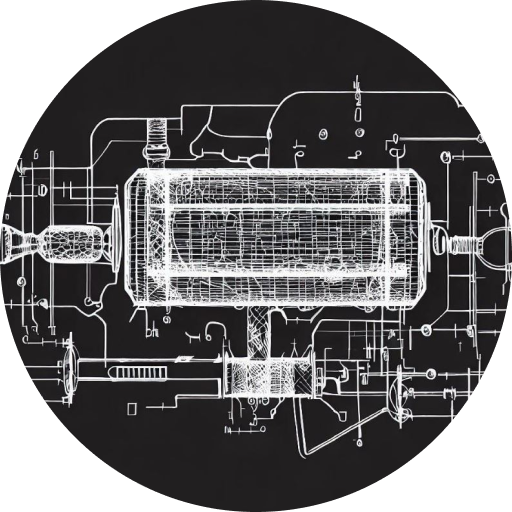Recognizing a Bad Catalytic Converter: The Symptoms
Introduction:
A catalytic converter plays a crucial role in reducing harmful emissions from your vehicle’s exhaust system. Over time, however, it can become damaged or worn out, leading to a variety of issues. It’s important to recognize the symptoms of a bad catalytic converter so that you can address the problem promptly. In this step-by-step guide, we will walk you through the common symptoms of a bad catalytic converter and provide insights into the possible solutions. For more information about catalytic converters and their maintenance, visit the Catalytic System website (https://www.catalyticsystem.com).
Step 1: Decreased Engine Performance
A noticeable decrease in engine performance is often a telltale sign of a bad catalytic converter. You may experience sluggish acceleration, reduced power, or difficulty maintaining consistent speeds. This could be due to a restricted exhaust flow caused by a clogged or damaged converter.
Step 2: Check Engine Light
The illumination of the check engine light on your vehicle’s dashboard is another indicator of potential catalytic converter issues. When the converter fails to perform its function properly, the vehicle’s onboard diagnostic system detects abnormal emission levels and triggers the check engine light.
Step 3: Unusual Exhaust Smells
A bad catalytic converter can produce unusual smells from the exhaust. If you detect a strong sulfuric odor similar to rotten eggs, it could be a sign that the converter is not effectively converting hydrogen sulfide into odorless sulfur dioxide.
Step 4: Poor Fuel Efficiency
A failing catalytic converter can also contribute to decreased fuel efficiency. If you notice a significant drop in your vehicle’s MPG (miles per gallon) and you have ruled out other potential causes, such as low tire pressure or a dirty air filter, it’s worth considering the possibility of a faulty converter.
Step 5: Rattling or Noisy Exhaust
A damaged catalytic converter may produce rattling or unusual noises. This could indicate a loose or broken internal substrate, causing the converter to vibrate or rattle within its housing. Pay attention to any abnormal sounds coming from your vehicle’s exhaust system.
Step 6: Failed Emissions Test
During a mandatory emissions test, a failing catalytic converter can cause your vehicle to fail the inspection. If your vehicle consistently fails emissions tests or shows higher-than-permitted emission levels, it may be due to an ineffective or malfunctioning converter.
Conclusion
Recognizing the symptoms of a bad catalytic converter is crucial for maintaining your vehicle’s performance and reducing harmful emissions. If you experience any of the symptoms mentioned in this guide, it’s important to have your catalytic converter inspected and potentially replaced. For further reading on catalytic converters, we recommend the following articles:
“Recognizing a Bad Catalytic Converter: The Symptoms” (https://www.catalyticsystem.com/bad-catalytic-converter)
Testing Your Catalytic Converter: Methods and Techniques” (https://www.catalyticsystem.com/test-catalytic-converter)
Regular maintenance and addressing any issues promptly can help extend the life of your catalytic converter and ensure optimal vehicle performance.
- Upgrade Your Honda Accord with the Best Catalytic Converter for Enhanced Performance - October 30, 2023
- Boost Your Chrysler 300’s Performance with a High-Quality Catalytic Converter - October 30, 2023
- Enhance Your Jeep Liberty Performance with a Catalytic Converter - October 30, 2023









